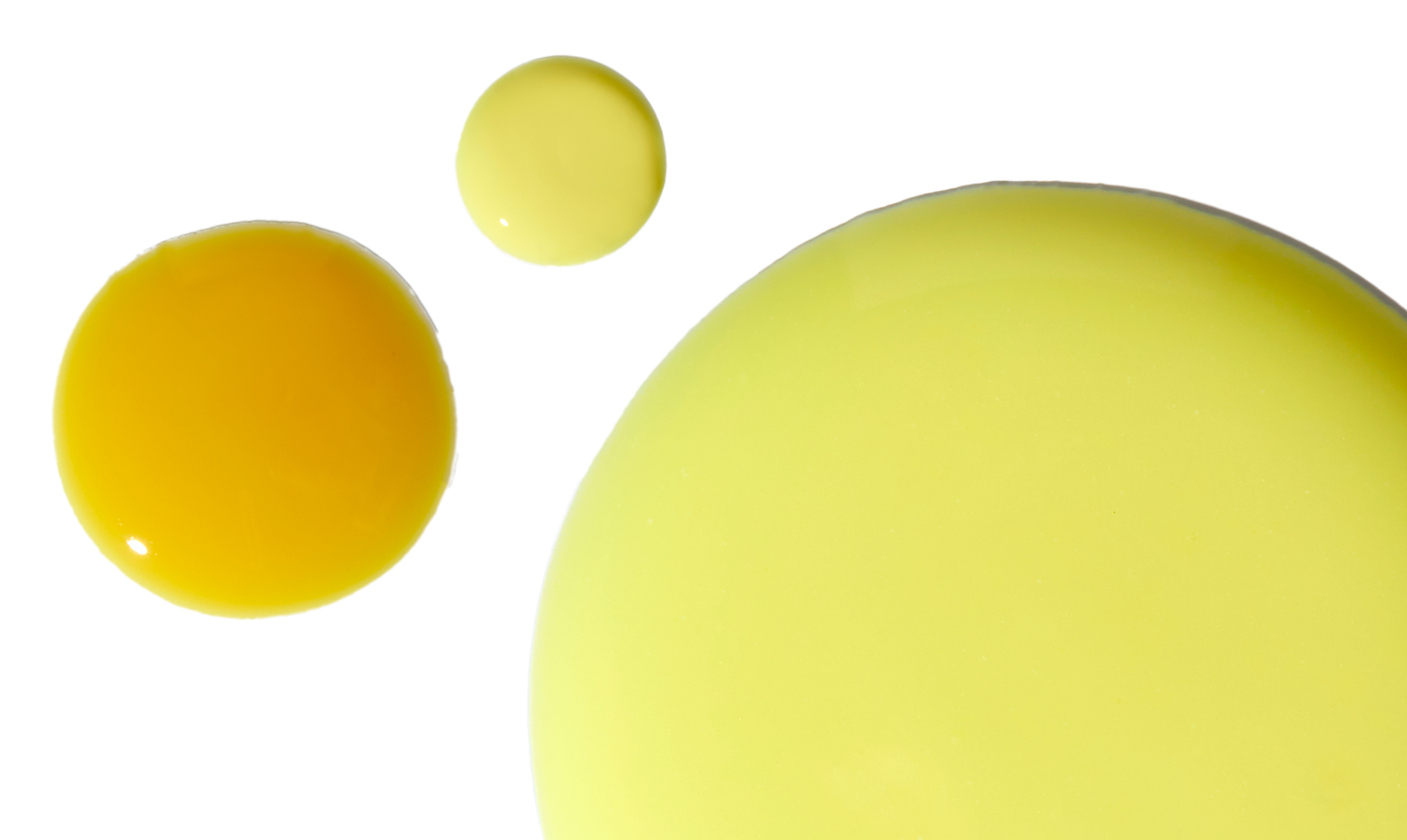
Hyperpigmentation is a frustrating problem that can affect anyone, regardless of age or skin type. As someone who has navigated this maze of dark spots and uneven skin tones, I understand that it can be a point of insecurity for many. There are many myths and half-truths about how to tackle hyperpigmentation, but today I’m here to give you proven tips to get that even glow back. So let’s get rid of those dark spots for good!
Tip number 1: sunscreen is your best friend
Sunscreen is highly recommended to treat dark spots, according to Dr. Maiman. His first advice for people facing this problem is to constantly use sunscreen.
The skin’s natural color, called melanin, helps protect it against sun damage. But if you get too much sun exposure, your skin could produce more melanin and create darker areas.
Using sunscreen is key because it prevents the sun’s harmful rays from making these dark spots worse. Once the damage is done, it is difficult to fully repair it. Applying quality sunscreen daily is the best option to prevent or improve dark spots. Dr. Maiman suggests products like EltaMD UV Restore Broad Spectrum SPF 40 either EltaMD UV Glow Broad Spectrum SPF 36.
New evidence reveals therapeutic role of sunscreen in treating pigmentation
For years, sunscreen has been the recommendation of dermatologists to prevent skin pigmentation problems from worsening. However, most recent studies are showing that sunscreen could also have a healing effect.
This study divided the participants into two groups: one used broad-spectrum sunscreen along with 4% hydroquinone, while the other only used 4% hydroquinone and received a placebo instead of sunscreen. The improvement in melasma was markedly different between the two groups. A convincing 96% of the group using sunscreen and hydroquinone experienced positive changes, compared to only 80% in the group using hydroquinone alone. These results underscore the vital importance of sun protection in the treatment of melasma.
Tip #2: Choose the right topical treatments
When I started noticing hyperpigmentation on my skin, I was overwhelmed by the variety of topical treatments available. With options like hydroquinone, kojic acid, and azelaic acid, finding the right one for you is essential. However, vitamin C serums are generally a safe bet, as they are effective and suitable for most skin types. Just make sure you follow the instructions or, better yet, consult a dermatologist.
Tip #3: Consider chemical peels instead of laser for certain conditions
Many people assume that laser treatments are the most effective method for conditions such as acne scars. However, an article in Dermatology Times suggests that chemical peels could sometimes be a more suitable treatment option for acne scars, pigmentation, and even wrinkles. According to experts, peels can offer excellent results, especially for acne scars and other conditions. The benefit of chemical peels is that they are usually less aggressive than lasers and may have fewer side effects.
This choice will depend on several factors, such as your skin type, the severity of your condition, and your medical history. Always consult with a dermatologist for personalized advice.
Harold Brody, MD, FAAD, clinical professor of dermatology at Emory University School of Medicine in Atlanta, Georgia, and former president of the International Peeling Society-USA (IPL), says chemical peels are generally more economical than laser treatments. and when performed by experienced doctors, the results can be strikingly similar.
Tip #4: Rule out underlying conditions
While the focus is often on topical treatments and lifestyle adjustments to address hyperpigmentation, it is equally important to consider what is happening inside your body and consult a dermatologist.
Certain types of hyperpigmentation, such as melasma, are known to be exacerbated by hormonal changes, often seen in conditions such as polycystic ovary syndrome (PCOS) or during pregnancy. Additionally, liver diseases can manifest through skin conditions, including hyperpigmentation. In rare cases, hyperpigmentation may also be indicative of Addison’s disease, a disorder of the adrenal gland. The point is that you don’t want to treat the symptom while ignoring the cause. If you have an underlying condition, treating it could also help clear up your skin problems.
Conclusion
Hyperpigmentation is a common but treatable problem. However, like any other health problem, it is essential to address it in a well-informed manner. So don’t just trust rumors or one-size-fits-all solutions. Consider speaking to a dermatologist for personalized advice.
If you have any questions or personal advice, feel free to leave a comment below!










